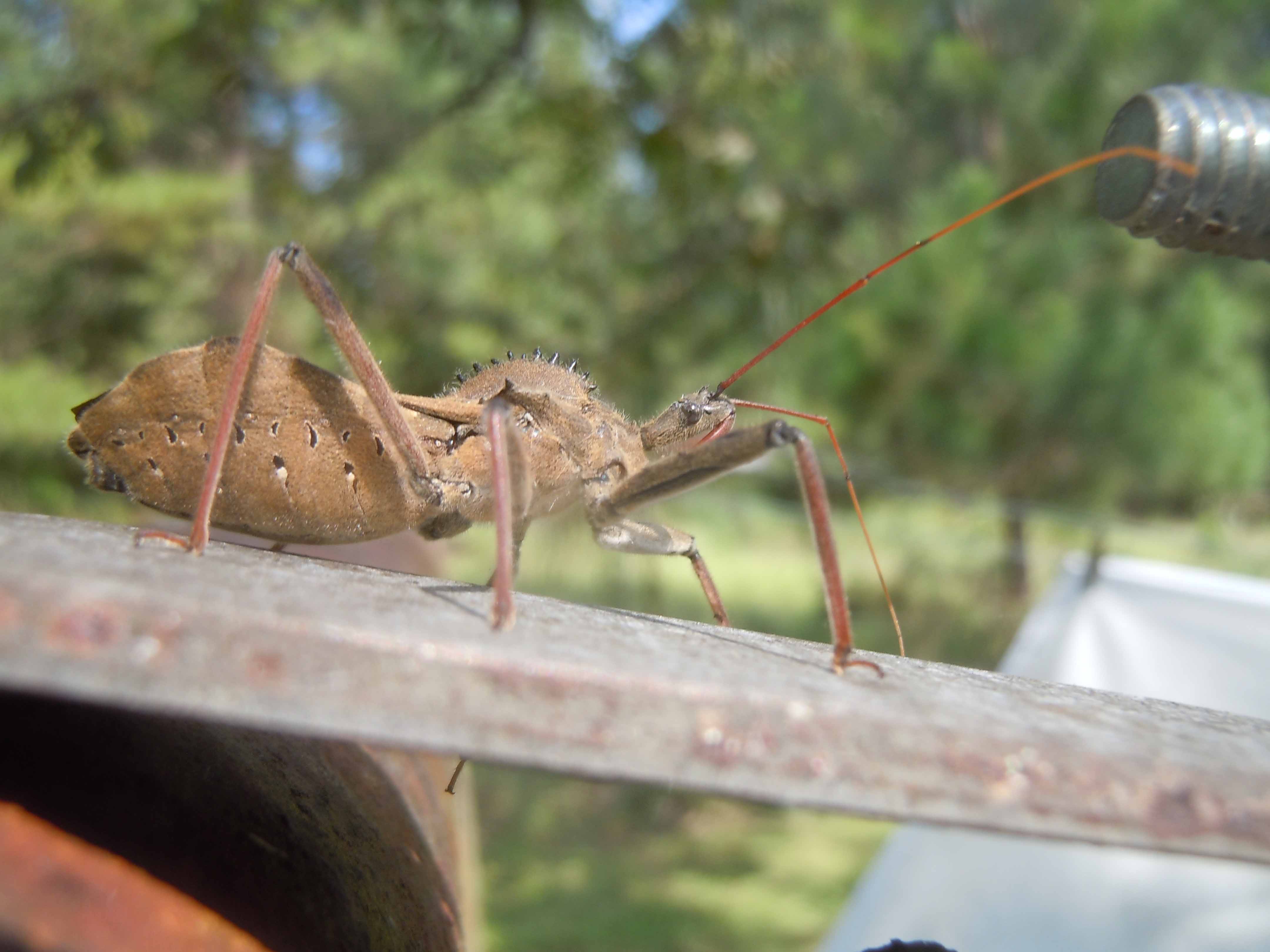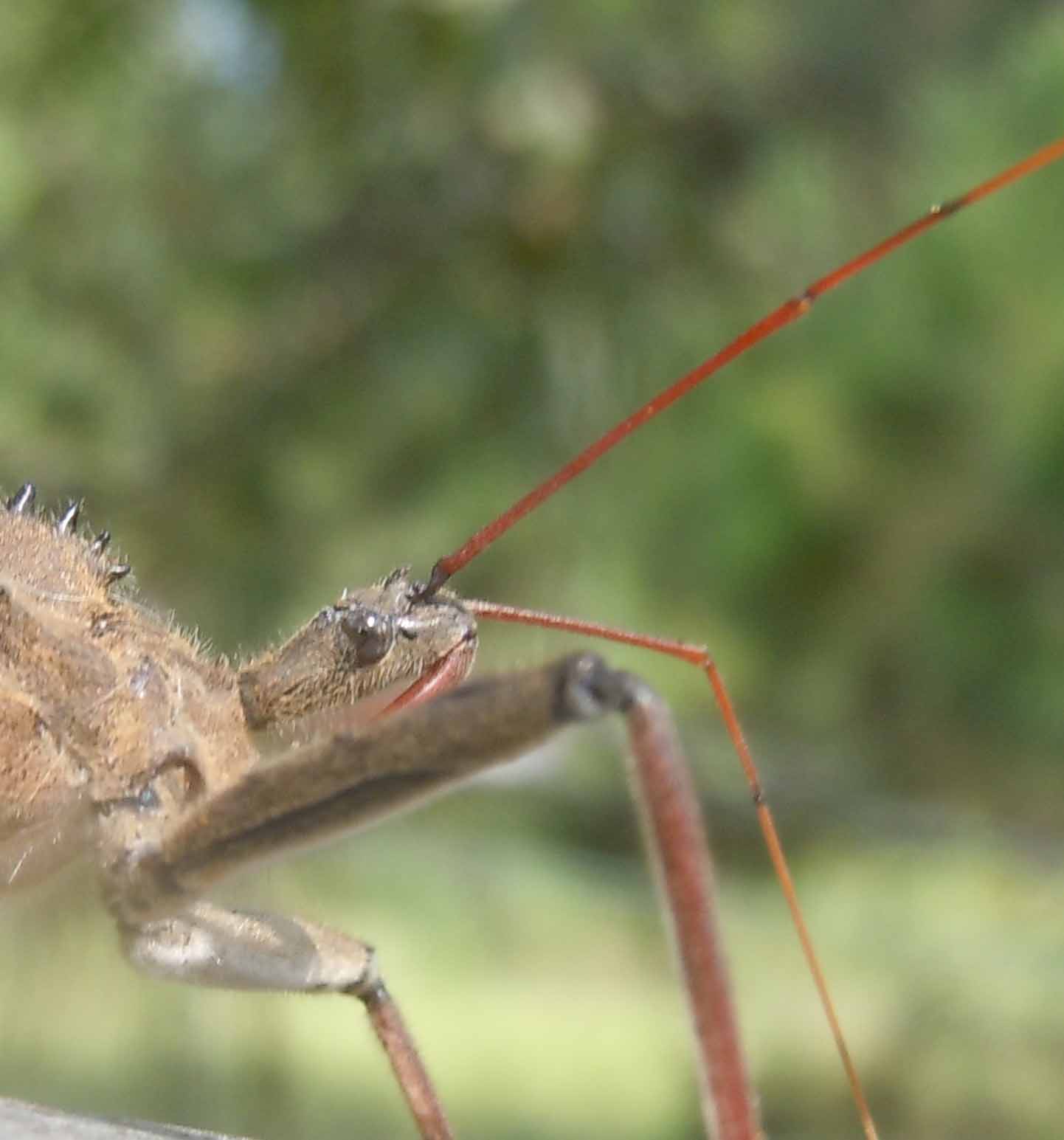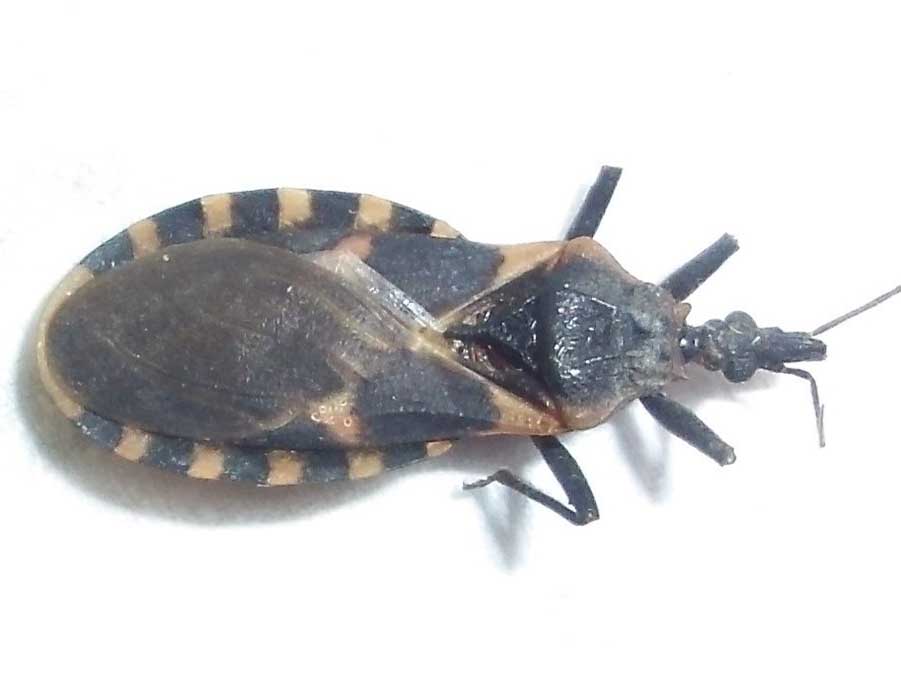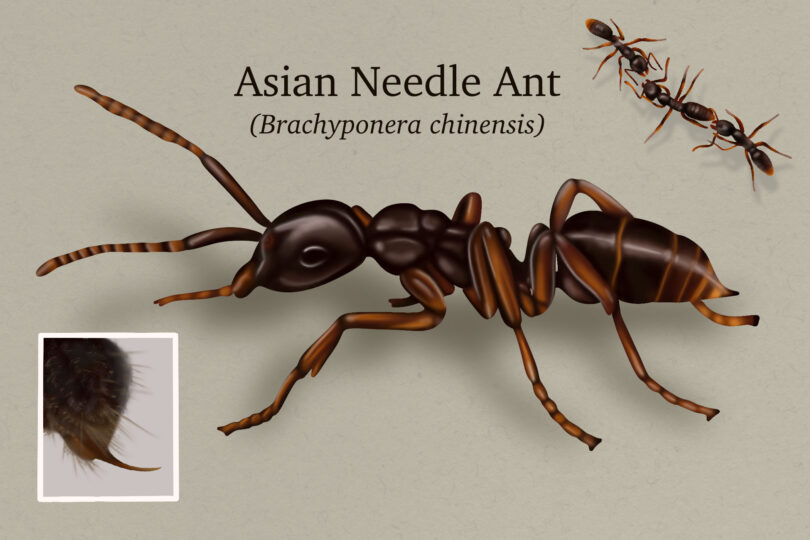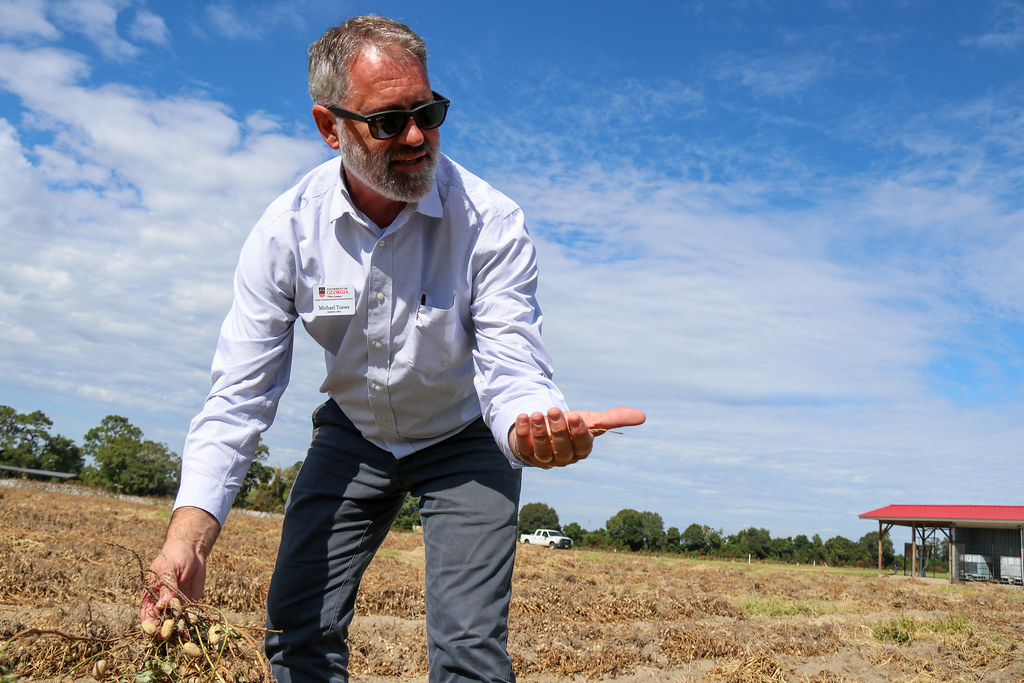Over the last few weeks, many Georgians have focused their attention on the media-hyped coverage of the kissing bug. Much of the sensationalism and worry surrounding this insect boogieman is unwarranted, according to University of Georgia entomologists.
While the bug is native to Georgia, it made headlines recently because it is known to carry the parasite that causes Chagas disease, which sickens millions of people in Mexico and South America every year, according to the World Health Organization. While the disease is devastating in the countries that it affects, it is extremely rare in the United States, according to the U.S. Centers for Disease Control and Prevention.
“Kissing bugs have been in Georgia for millions of years,” said Nancy Hinkle, UGA Extension veterinary and medical entomologist. “Kissing bugs are not deadly and most of them are not infected with the parasite that causes Chagas disease … The Chagas disease parasite is transmitted only through the feces of specific kissing bugs.”
There are at least 11 different species of kissing bugs in the South, and they vary in appearance, Hinkle said.
Still, many Georgians are worried when they find a kissing bug, or its harmless cousin, the wheel bug, in or around their homes. UGA Extension agents and entomologists frequently receive specimens from Georgians who are worried about finding kissing bugs in their homes.
Most of the specimens have been the more common wheel bug, said Dan Suiter, UGA Extension entomologist and invasive insect expert.
Tannish-brown wheel bugs can be recognized by a ridge of horn-like spikes, looking like a cogwheel, down the centers of their backs. Some kissing bugs are also tannish-brown, but are generally flatter and have a black and tan striped border around their bodies.
The relatively unknown wheel bug is actually more likely to bite Georgians than its headline-making cousin. Still, these cases of mistaken identity and fears of Chagas disease have people worried, but they shouldn't be, Hinkle said.
Here are some facts about kissing bugs and Chagas disease in Georgia:
- With freezing temperatures ahead, most kissing bugs will be going in hibernation soon.
- There is no risk of catching Chagas disease from the bite of a kissing bug. The parasite that causes Chagas disease is carried in the bug’s feces. In other words, being bitten by the bug will not harm you, but rubbing the bug’s excrement in your eyes or into an open wound might make you sick.
- You are at more risk of contracting the disease if you clean up raccoon, opossum, skunk or armadillo nests; that's where the bugs live and where kissing bug feces are most concentrated. There’s not much risk if the nests of wild animals are avoided.
- Georgians can keep kissing bugs out of their homes the same way they can deter other insects. Turn off porch lights at night to avoid attracting the bugs. Seal around doors and windows with weather-stripping and replace door sweeps; if cold air can’t get in, neither can kissing bugs.
- In the U.S., we are more likely to die in an automobile accident than to ever, in our whole lives, get infected with Chagas disease.
For more information about Chagas disease and kissing bugs in the U.S., contact your local Extension office by visiting extension.uga.edu or calling 1-800-ASK-UGA1.

